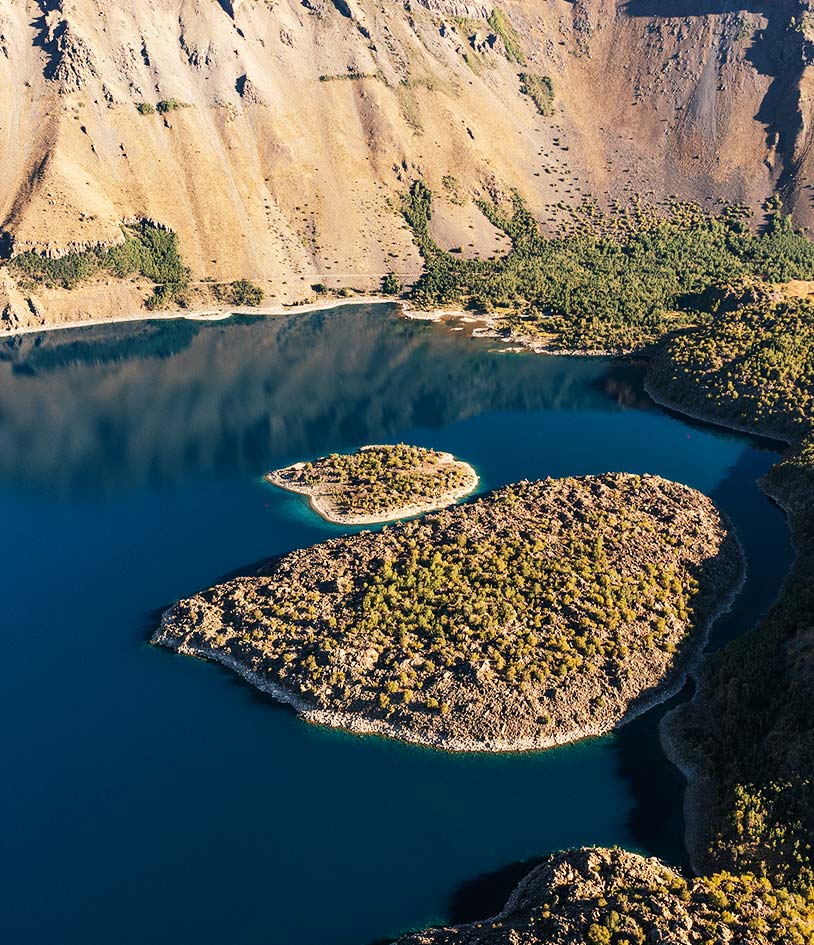
Lake Nemrut (Nemrut Gölü)
Nestled in the Bitlis province, Lake Nemrut is a volcanic wonder. The freshwater lake rests within the crater of dorman Mount Nemrut and was formed by an eruption thousands of years ago.
The lake’s volcanic origins are still visible today, as fumaroles, or steam vents, can be seen along parts of the crater, hinting at the geothermal activity beneath.
Surrounded by rugged cliffs and lush greenery, Lake Nemrut offers a peaceful escape for those looking to explore and unwind in nature. Hiking paths wind through the crater rim, offering breathtaking views of the lake below – the trails vary in difficulty, with some suited for casual walkers and others for more experienced hikers.
Look out for birdlife along the routes, as the lake area is home to species such as eagles, falcons, and rare waterfowl. The best time to visit is during the summer months when the weather is mild and the trails are at their most accessible.
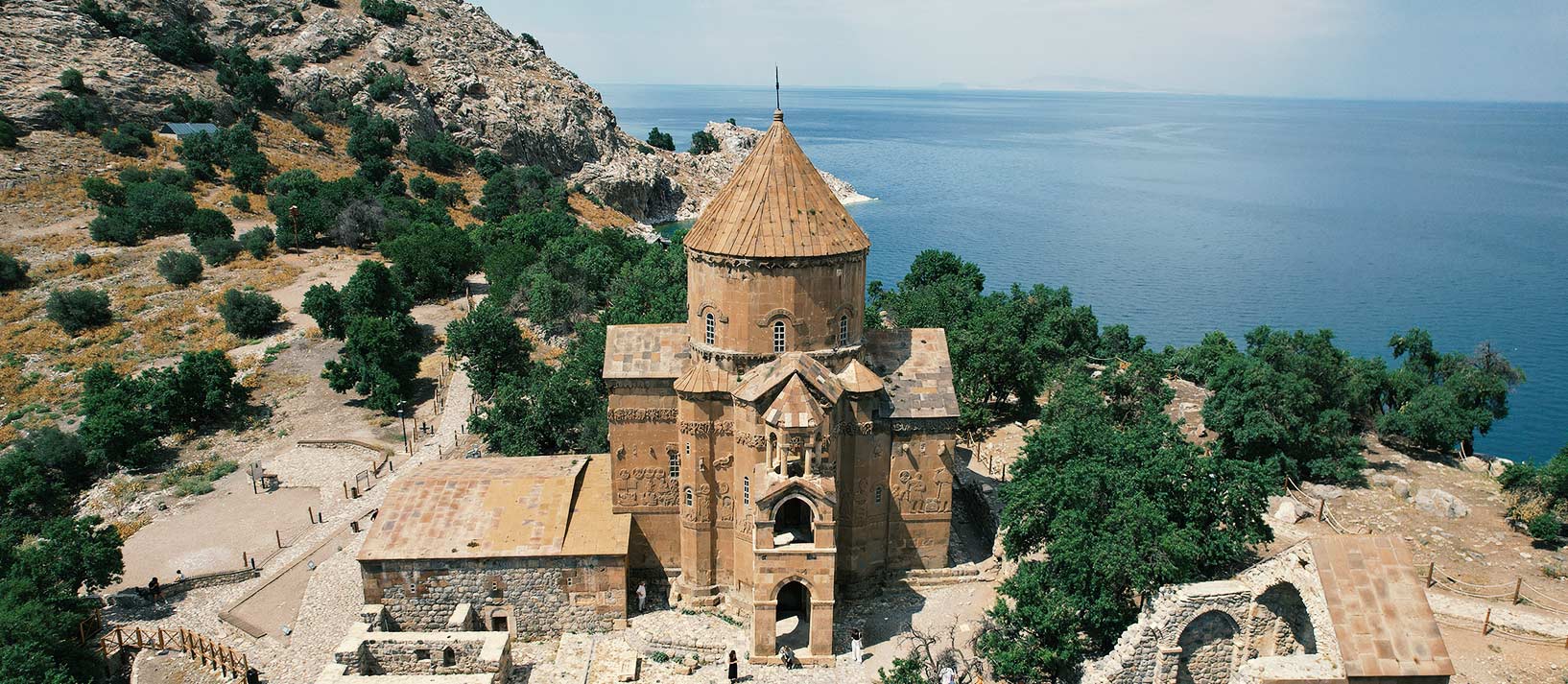
Lake Van (Van Gölü)
Spanning nearly 3,800 square kilometres, Lake Van is Türkiye’s largest lake and a striking sight in Eastern Anatolia. With its high salt content, Lake Van rarely freezes, even in the region’s harsh winters.
Akdamar Island, located within the lake, is home to the iconic 10th-century Armenian Cathedral of the Holy Cross, where intricate stone carvings depict biblical scenes. It’s a must-see for history enthusiasts.
Lake Van is also famous for its most legendary resident, the Lake Van Monster. There have been numerous reported sightings of this mythical, dinosaur-like beast over the years, and a statue has been erected in its honour in the nearby city of Van.
If you’re willing to brave the monster, swimming in Lake Van is possible at designated spots, and there are boat tours available that offer scenic trips to Akdamar Island.
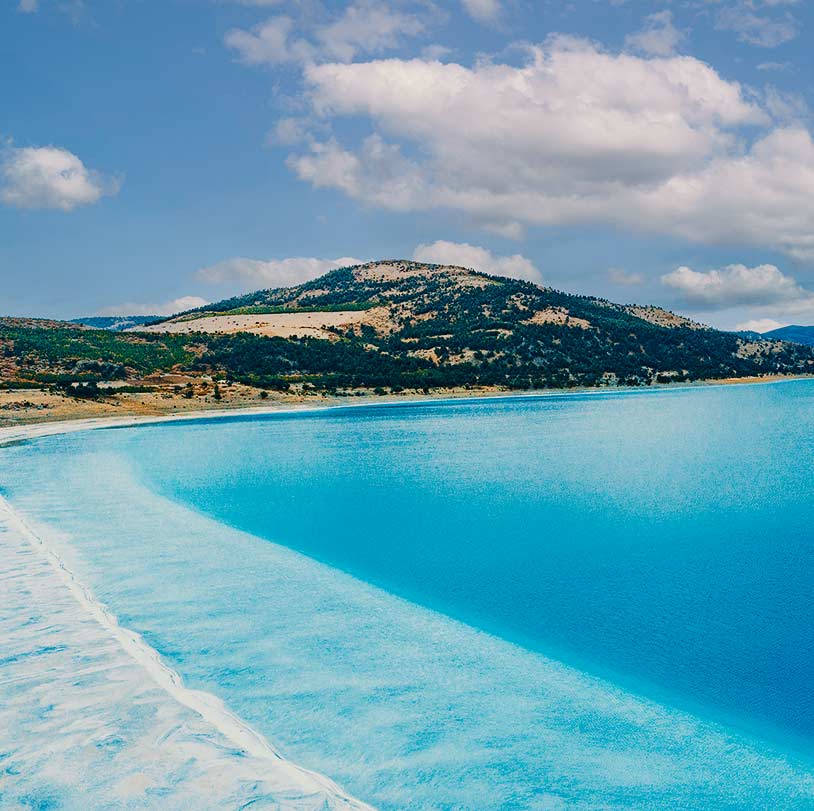
Lake Salda (Salda Gölü)
Lake Salda in Burdur province is famous for its white sand beaches and bright turquoise waters. Its magnesium-rich rocks create a dazzling shoreline, earning it the nickname ‘the Maldives of Türkiye’.
Over the years, scientists have studied Salda’s unique rock formations closely, because of their similarities to mineral deposits found on Mars.
To preserve its delicate ecosystem, swimming is restricted to designated areas. Visitors can also try using the lake’s mineral-rich mud, which is believed to have skin-soothing properties.
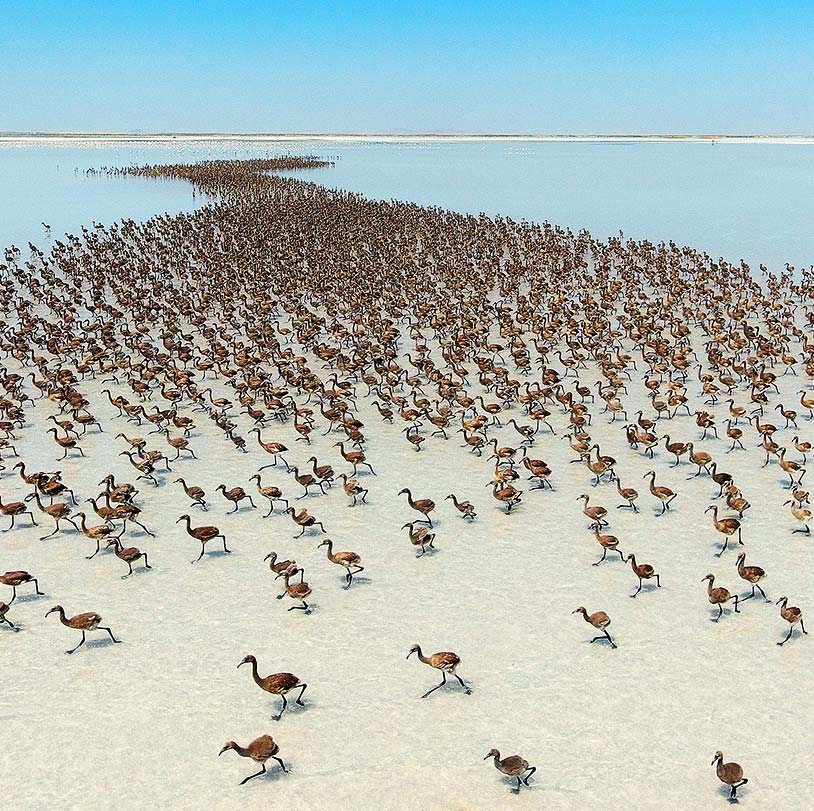
Lake Tuz (Tuz Gölü)
Lake Tuz is one of the world’s largest salt lakes and during summer, its shallow waters evaporate, creating a vast expanse of white salt flats that stretch across the horizon.
Visitors can walk on the shimmering salt flats and it’s especially memorable to do so at sunset when the sky is streaked with pastel colours.
At certain times of the year, the lake takes on a striking pink hue, a colour that comes from the microorganisms that thrive in the lake’s salty environment. Lake Tuz is also a wonderful place to see flamingos, particularly during their breeding season in spring and summer.
The lake supplies nearly 60% of the country’s table salt, and bringing home a few jars of local salt for your own kitchen makes a great souvenir.
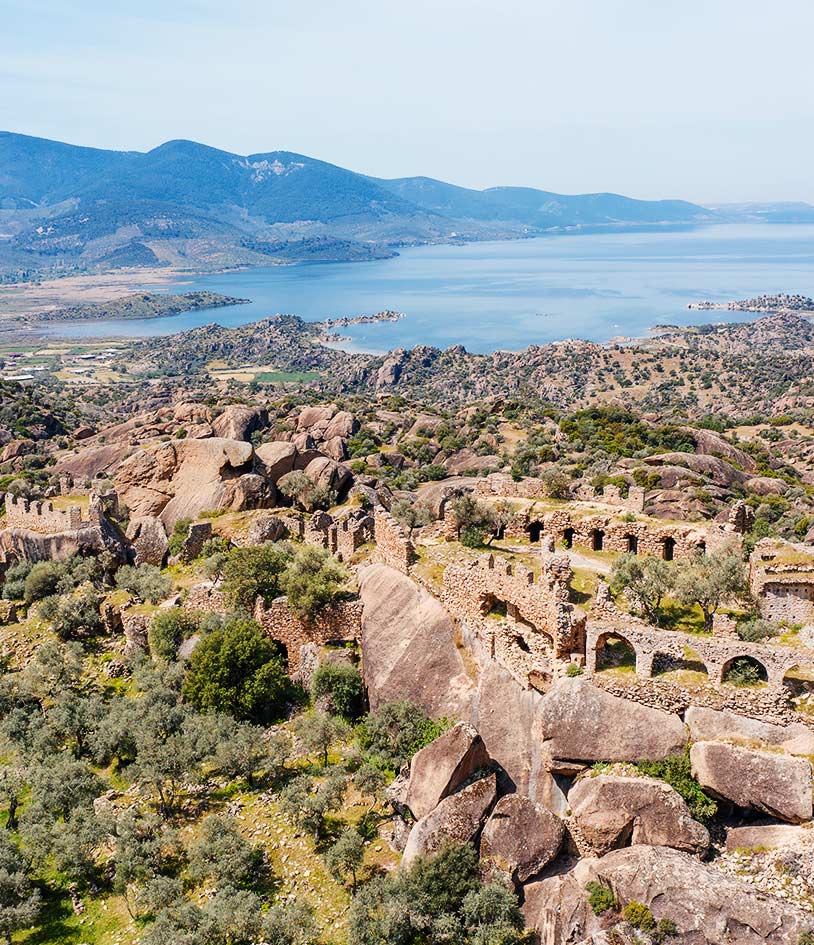
Lake Bafa (Bafa Gölü)
Lake Bafa, between the provinces of Aydın and Muğla, offers a fascinating blend of nature and history. Once part of the Aegean Sea, the lake became landlocked due to changing coastlines over the centuries.
The shores of Lake Bafa are dotted with ruins from the ancient city of Heraclea ad Latmum, including fortifications, temples, and rock-cut tombs. Visitors can explore these ruins on foot or by boat.
Milas in the region is also known for its olive groves, which are part of the Council of Europe's ‘Routes of the Olive Tree,’ recognising the cultural traditions associated with these trees across the Mediterranean region.
Local farmers sell freshly pressed olive oil and traditional products. Birdwatchers will find the lake’s wetlands teeming with herons, pelicans, and cormorants.
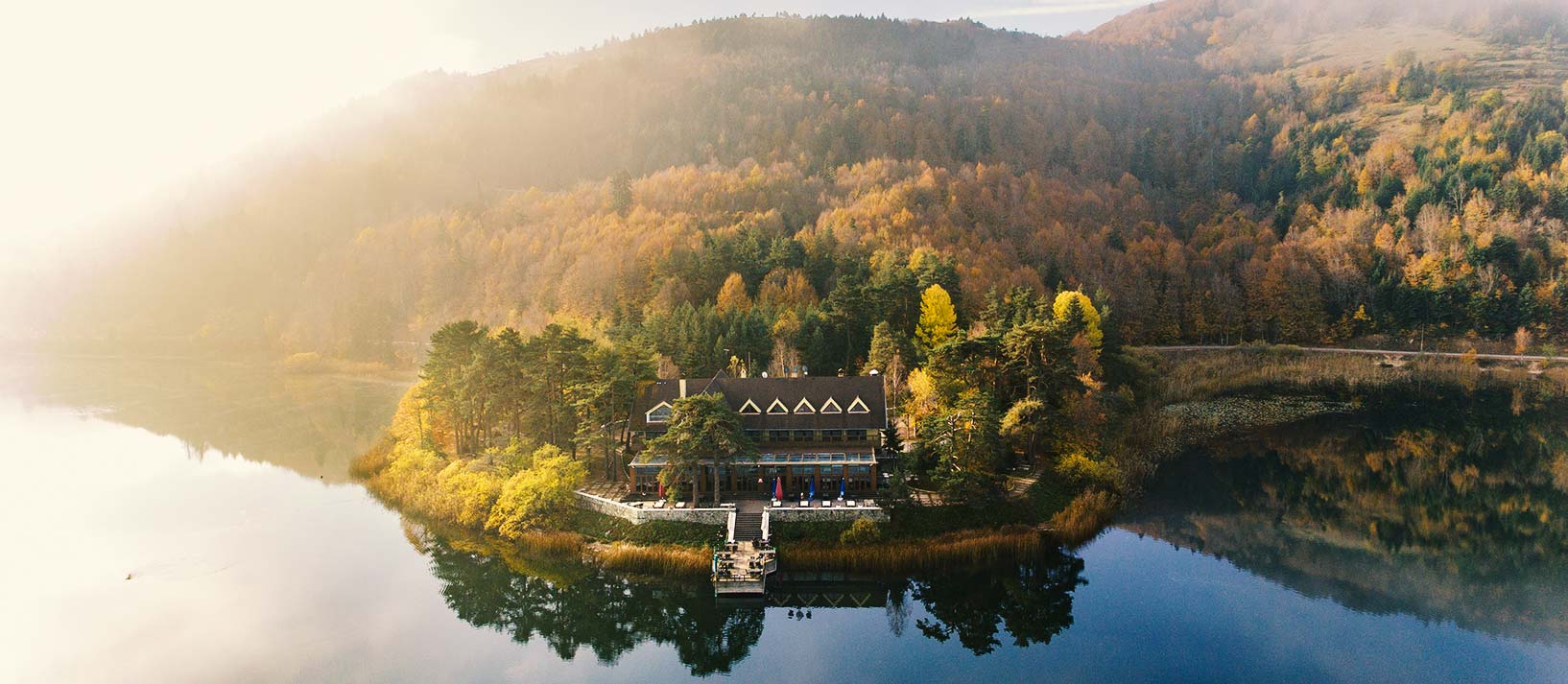
Lake Abant (Abant Gölü)
Lake Abant, located in Bolu province, is a popular getaway surrounded by dense forests. The lake is particularly stunning in autumn when the trees turn shades of gold, red, and orange.
Abant’s surrounding area is popular for outdoor activities such as hiking, horseback riding, and cycling.
During winter, the snow-covered landscape creates a tranquil escape, with cozy wooden lodges offering warm fires and traditional Turkish comfort food. In spring and summer, visitors can explore the walking trails that wind through forests filled with pine, fir, and beech trees.